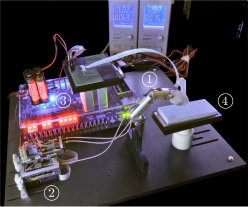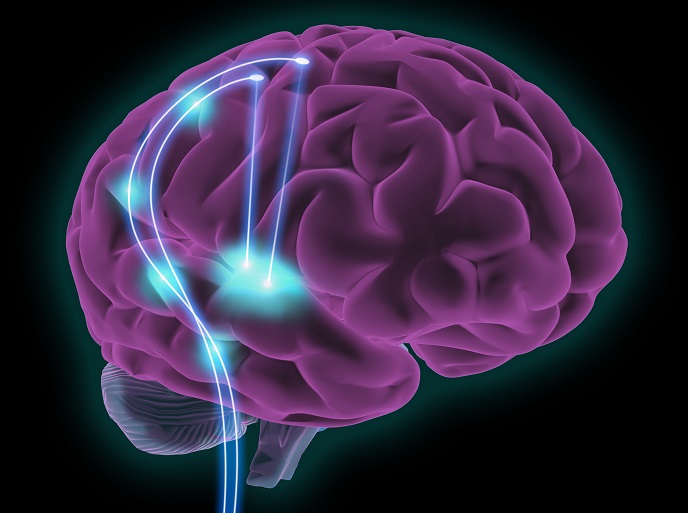Robotics to enhance tactile sensation
Touch tells us whether something is slippery, rough or fuzzy, enables the visually impaired to read Braille and is critical to numerous everyday tasks. It is also a fundamental component of emotional response witnessed in the pleasure derived from a gentle stroke, a warm hug or even a soft blanket. European scientists conducted a multidisciplinary investigation of the way the human body perceives touch with a focus on tissue-engineered nanobiosensors. In the context of the EU-funded project NANOBIOTOUCH, the team studied affective touch (related to an emotional response) mediated by the human finger pad. They applied numerous advanced experimental methods requiring development of a dedicated dynamic platform for tactile stimulation and temperature control. The protocols enabled researchers to acquire biophysical and psychophysical data related to all levels of the human body's response to touching different textures. Scientists gained important insight from microneurography of individual touch receptors in the finger pad all the way up to a subject's reported sense of pleasantness after touching a sample. Experiments also intertwined different levels — for example, nervous activity with perception through direct electrical stimulation of sensory neurons and subsequent reported feelings of subjects. The team carefully and comprehensively developed a deeper understanding of the neurological coding mechanisms of tactile information, modelled them in biological and artificial systems, and developed a biomimetic robotic finger that can explore and assess the pleasing nature of an object. Hybrids are all the rage now and NANOBIOTOUCH delivered its own version, integrating real neuronal cells into a tactile biohybrid sensor. NANOBIOTOUCH outcomes have been widely disseminated through numerous publications and conference presentations, and work has resulted in numerous patents. Applications range from enhancing the quality of life of those with impaired touch and vision to robotic exploration of textiles and creams to brand protection. Commercial exploitation is expected to reach a very large market with important benefits for manufacturers and end users.
Keywords
Tactile sensation, biomimetic, robotic finger, tissue-engineered, nanobiosensors, affective touch







